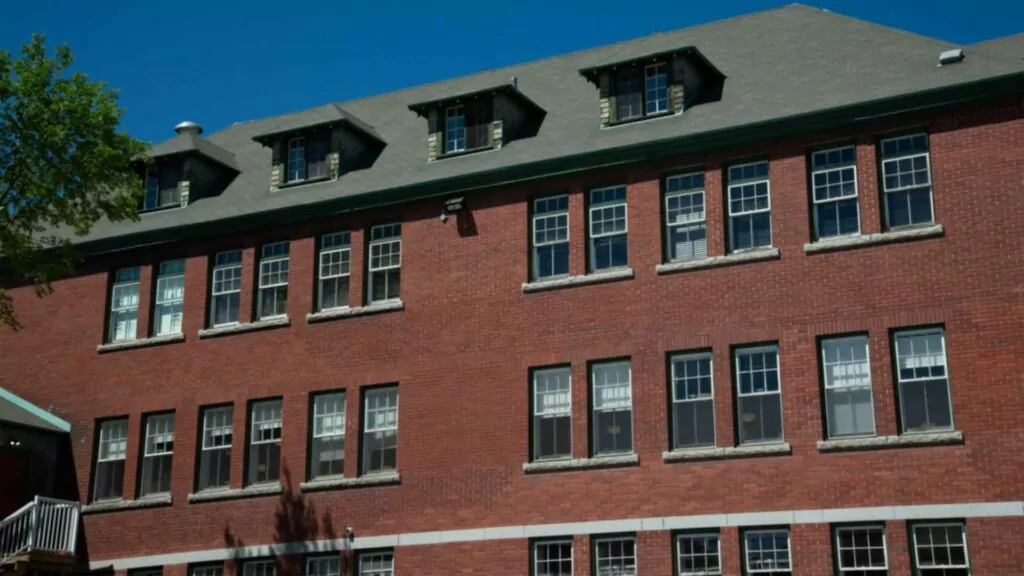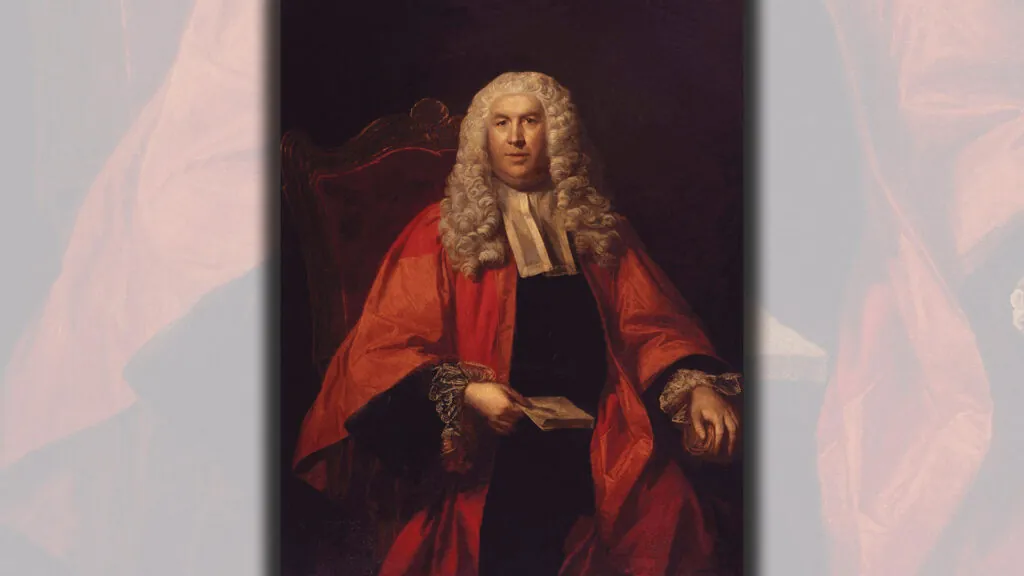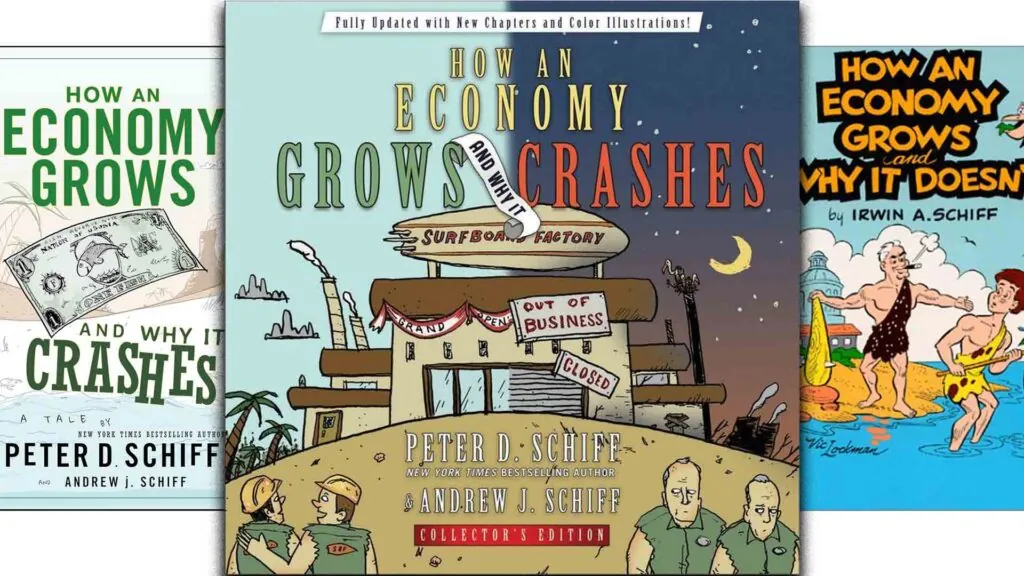This first appeared in the September 2014 issue.
****
Parents who don’t want to send their children to public schools can be thankful for the Canadian Charter of Rights and Freedoms. Although there are aspects of the Charter that have clearly worked against the influence of Christianity in Canada, it does contain provisions that protect the rights of private Christian schools. These provisions may very well be put to the test over the next few years as the media and political elite increasingly see conservative Christianity as a negative influence.
Near miss in Alberta
In 2012, Alberta adopted a new Education Act. The first version of the Act debated in March of that year contained controversial provisions that appeared to make curriculum in home schools and private schools subject to Alberta’s human rights legislation. This was a problem because most homeschoolers and private school supporters are Christians whose morality conflicts with modern notions of “human rights,” notably the so-called “human right” to homosexual activity.
Many Christians choose private alternatives to public education so that their children can avoid being taught the religious distinctives of secular humanism, including the supposed virtues of homosexuality. So, if the government required even homeschoolers and private schools to teach such anti-Christian beliefs, it would clearly defeat the purpose of choosing distinctively Christian education.
Thankfully, substantial grassroots activism by homeschoolers and other Christians convinced the government to drop the harmful sections. The new Act was therefore not problematic after all.
A privilege granted by the government?
Nevertheless, during the debate over the Act, there was extensive discussion about parental rights in education, especially regarding homeschooling and private schooling. Some supporters of private education asserted that parents have a constitutional right to choose homeschooling or private schooling.
However, one of the Liberal Members of the Legislative Assembly (MLA) objected strongly to that idea. She was adamant that there was no such right. As the Alberta Hansard records, she claimed to have read the Constitution and then said:
“Nowhere in the Constitution or the Charter is there a right to distance learning or to homeschooling or to private schools. Those are accommodations that the province has seen in its authority to be able to say: ‘We will allow this. We will offer it.’”
According to her, the ability of parents to homeschool or send their children to a private school was simply a “privilege” that the government allows from the goodness of its heart. And she also thought that this privilege should be revoked.
This MLA asserted that Alberta’s public education system is wonderful, and argued that people should not be allowed to choose to opt out of that system for private alternatives. Haranguing her fellow legislators she asked, “Why? Why are they allowed to be getting out? Why are we allowing them choice? What’s wrong with the system we have?” She then went on to demand that the government “quit allowing this very good public system to be opted out of by anyone who wants to get out. Defend the system that we have and insist that people adhere to it.” In her view, the government should “insist” that all children attend public schools. She couldn’t understand why the Alberta government would allow parents the “privilege” to choose private alternatives to the public schools.
Clearly, there are still politicians in Canada today who think the government has ultimate authority over the education of all children. That’s scary.
The truth about parental rights in the Constitution
Thankfully, we are not at the mercy of power-hungry politicians.
In 2009, retired law professor Dale Gibson presented a paper entitled “Towers, Bridges and Basements: The Constitutional and Legal Architecture of Independent Schooling” at the twentieth annual conference of the Canadian Association for the Practical Study of Law in Education. His paper was subsequently published along with other conference proceedings in a volume entitled The Law in Education: A Tower or Bridge?
Gibson was a professor of law at the University of Manitoba from 1959-1991, and a professor of law at the University of Alberta from 1991-2001. During his long academic career, he won numerous awards and wrote a multitude of articles, including articles about Canada’s Constitution. In other words, he is an expert on Canadian constitutional law. In Gibson’s learned view, Canadian parents “have the constitutional right to determine the shape of their children’s education.” According to him, there are three distinct provisions of the Charter of Rights establishing that parental right.
Parental rights provisions
First of all, section 2(a) of the Charter guarantees every Canadian the “freedom of conscience and religion.” Parents have the right to teach their own children in accordance with their religious beliefs. This has already been recognized in Canadian jurisprudence. Gibson quotes a 1986 Supreme Court ruling as stating:
“Those who administer [a] province’s educational requirements may not do so in a manner that unreasonably infringes the right of parents to teach their children in accordance with their religious convictions.”
Secondly, section 2(b) of the Charter guarantees every Canadian the “freedom of thought, belief, opinion and expression.” This section also supports parental rights in education. Although it has not been used to defend educational rights, Gibson states,
“I believe the general principles underlying freedom of expression, as explained by the courts in other contexts, are capable of supporting the parental right to educate children in independent schools.”
Thirdly, section 7 of the Charter guarantees every Canadian “the right to life, liberty and security of the person and the right not to be deprived thereof except in accordance with the principles of fundamental justice.” Gibson argues that Canadian jurisprudence supports the notion that the right to liberty includes the right of parents to educate their own children. In particular, one Supreme Court judge has actually written that, “the liberty interest under s. 7 includes the right of a parent to bring up and educate one’s children.”
Conclusion
In sum, then, contrary to the view of the Liberal MLA mentioned above, Canadian parents do have a constitutional right to choose to send their children to a private school or to homeschool them. This right is rooted in three sections of the Charter of Rights: freedom of religion, freedom of expression, and the right to liberty.
It is generally recognized that the government has an interest in the education of children, so there are some limits to parental rights in this context. But Christians need not fear that the government could compel all children into the public schools. Such a move should be decisively thwarted by the Charter of Rights.
This first appeared in the September 2014 issue under the title “Educational rights in Canada: What the Charter says about private schooling.”












